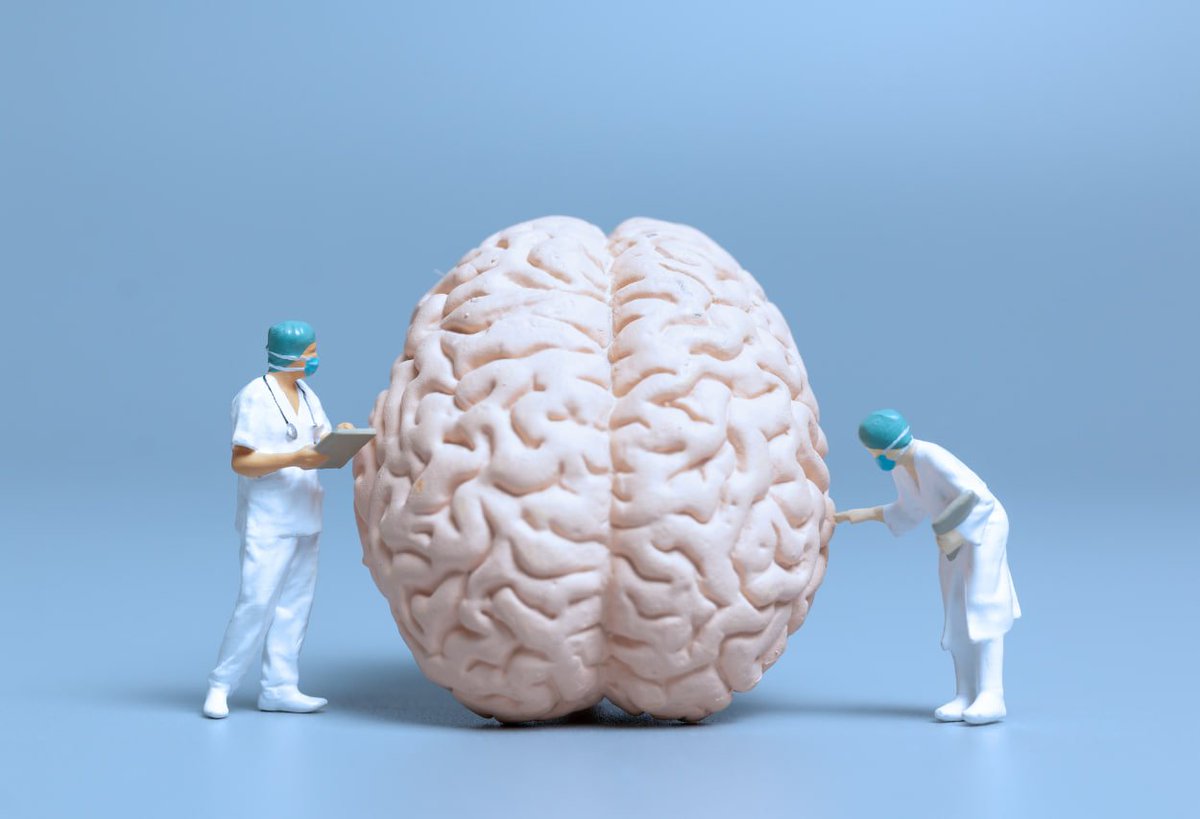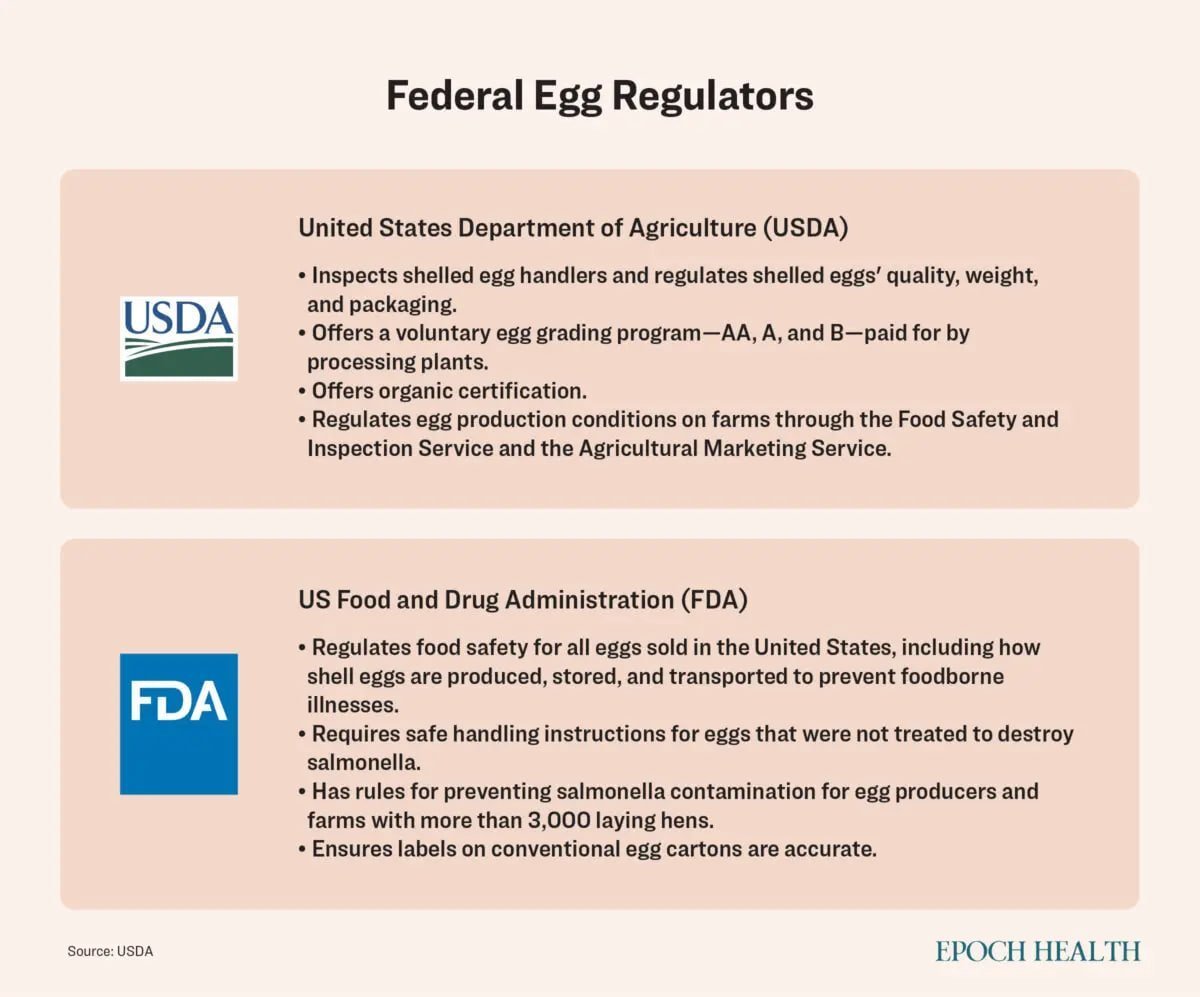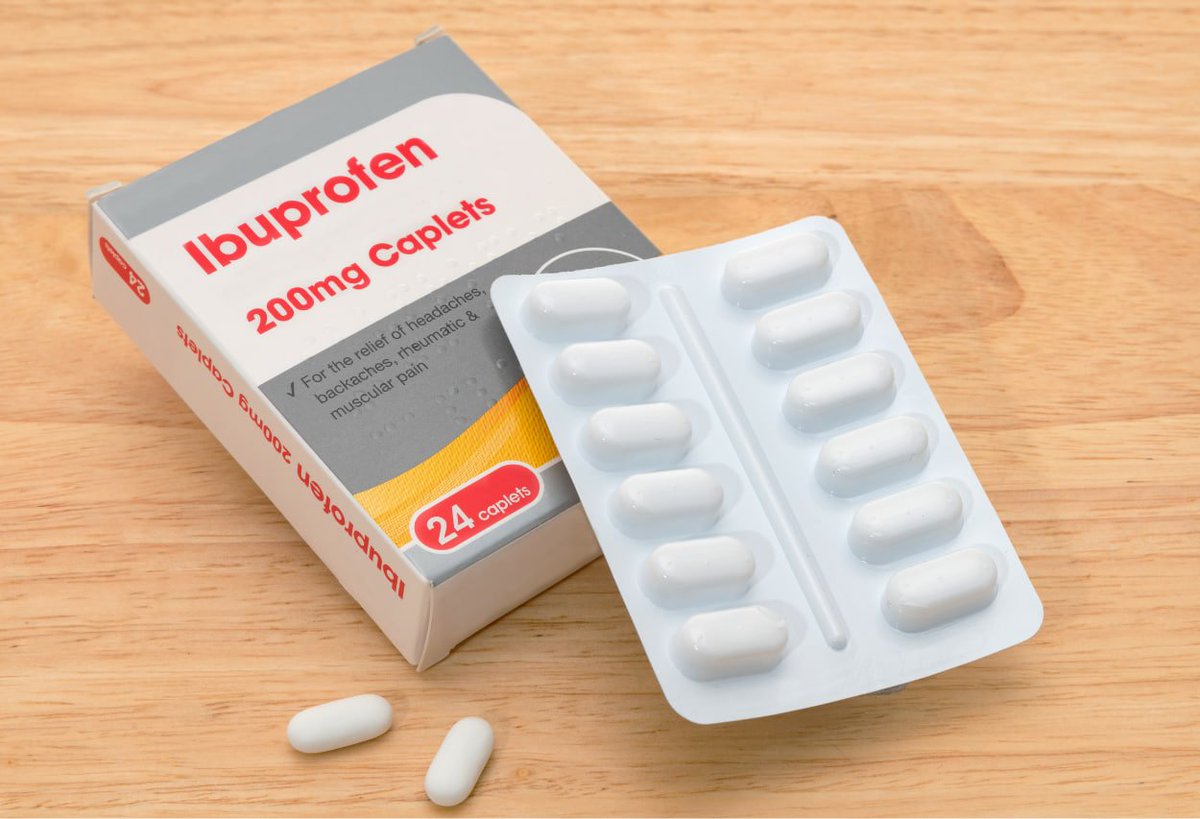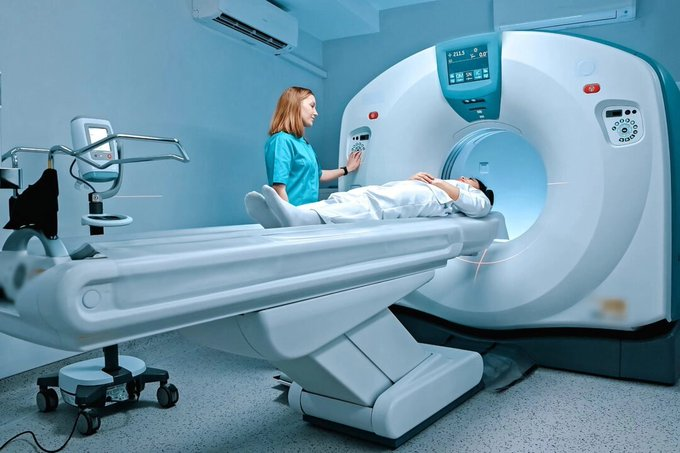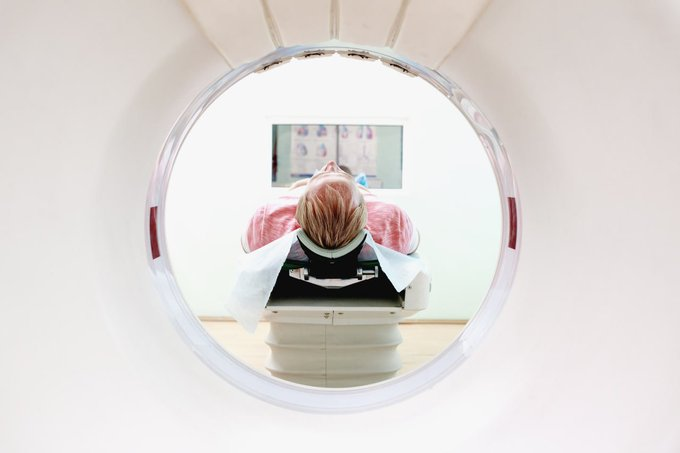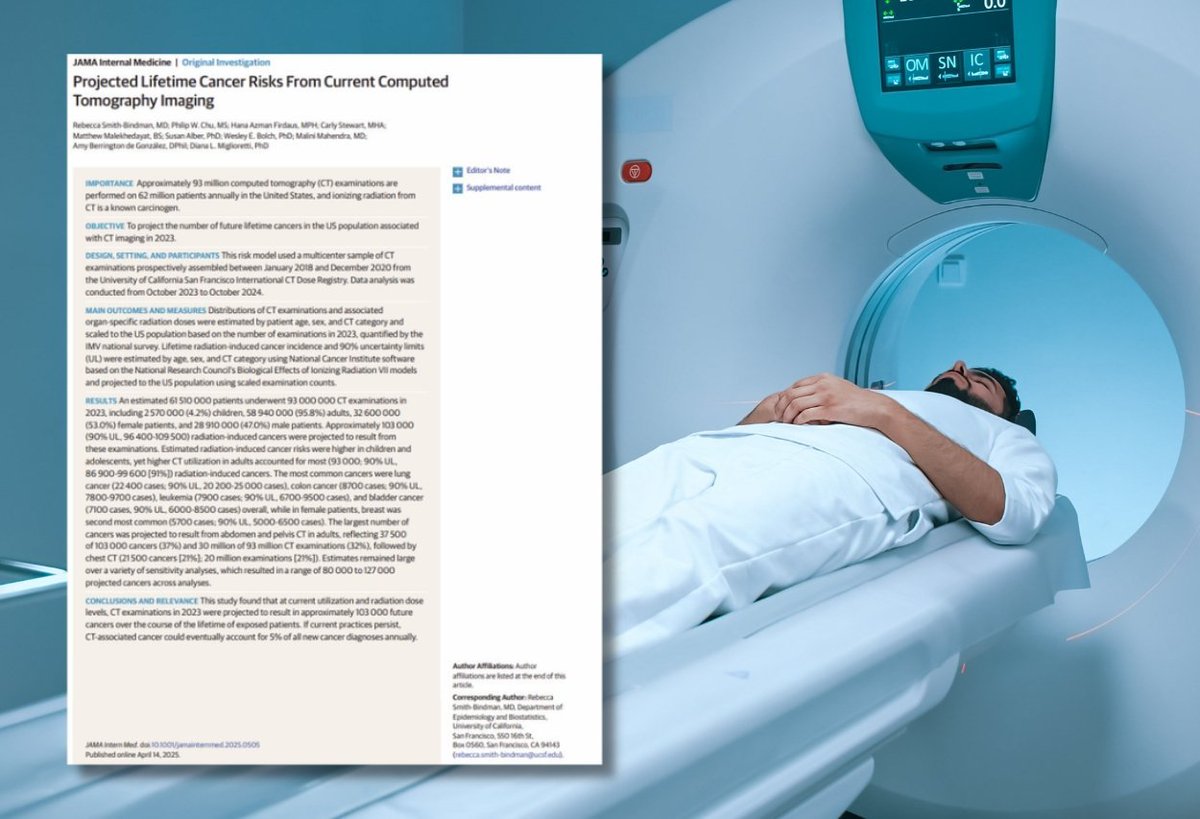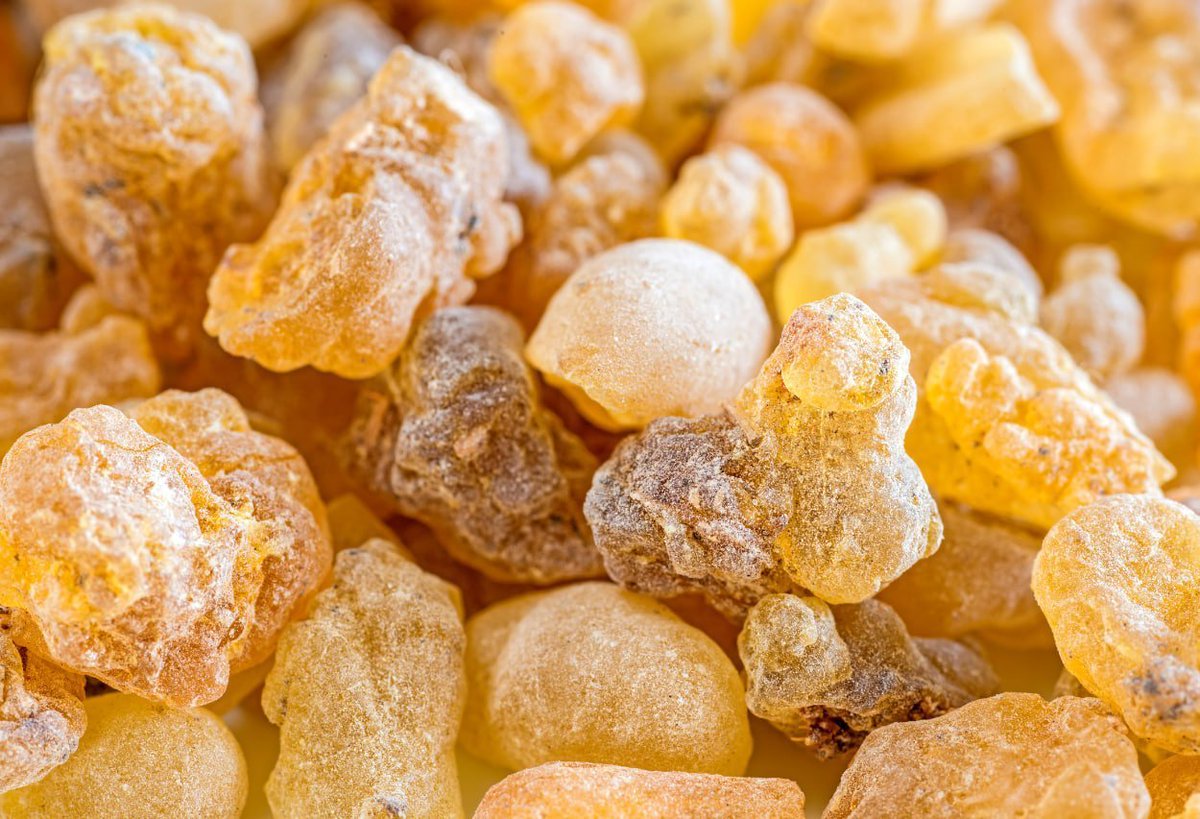Doctors Warn These 9 Supplements Aren’t Safe for Everyone
A 2-year-old boy nearly lost his life when he was rushed to the ER with a kidney stone the size of a marble.
Doctors believe 3 ingredients in the protein powder he drank every day were to blame.
🧵 THREAD
A 2-year-old boy nearly lost his life when he was rushed to the ER with a kidney stone the size of a marble.
Doctors believe 3 ingredients in the protein powder he drank every day were to blame.
🧵 THREAD
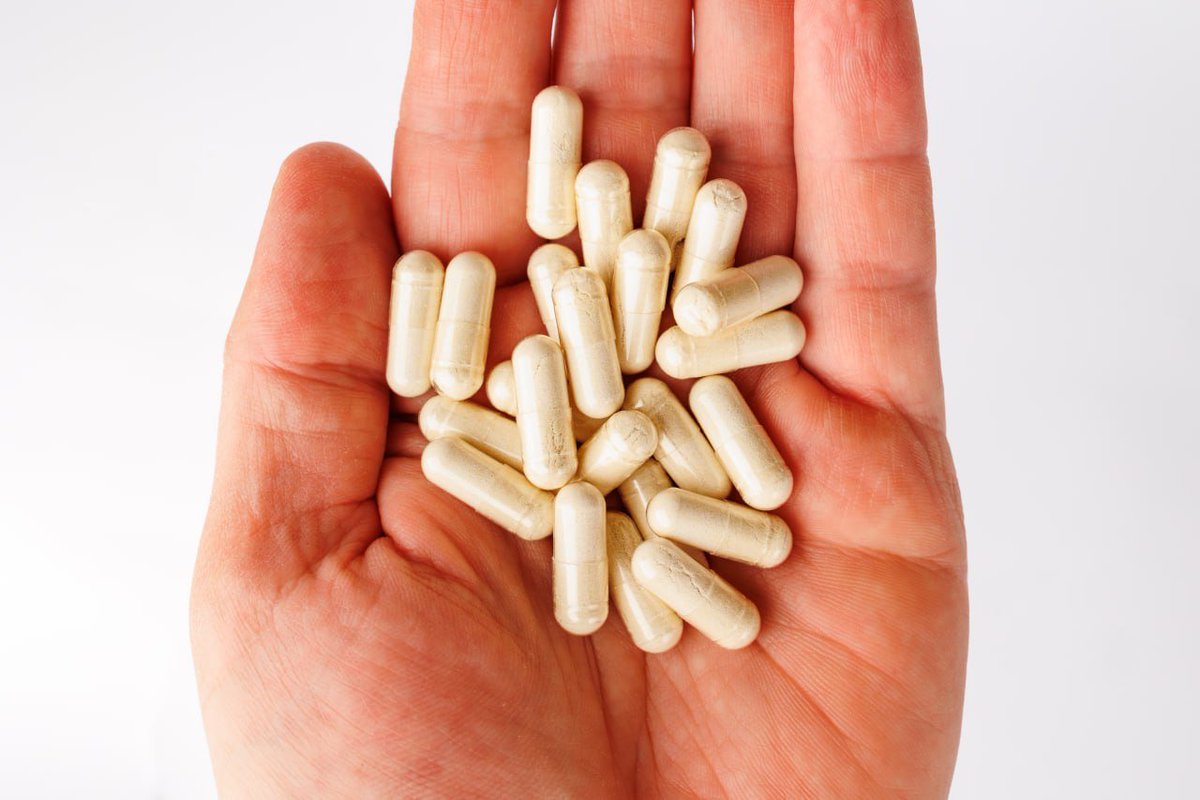
The improper use of health supplements is a growing concern, especially for people with chronic conditions such as diabetes and kidney disease.
Nephrologists caution that while supplements can provide health benefits, misuse, especially in vulnerable populations, may lead to serious risks, including kidney damage.
Nephrologists caution that while supplements can provide health benefits, misuse, especially in vulnerable populations, may lead to serious risks, including kidney damage.

Dr. Tzung-Hai Yen, a toxicologist and nephrologist, highlights the alarming prevalence of this issue in his practice, observing that many patients self-medicate without professional guidance.
theepochtimes.com/health/imprope…
theepochtimes.com/health/imprope…
Supplements Linked to Rapid Kidney Decline
A study published in the American Journal of Kidney Diseases analyzing data from the National Health and Nutrition Examination Survey (1999–2008) found that approximately 8 percent of U.S. adults reported using dietary supplements containing herbs identified by the National Kidney Foundation as potentially harmful to people with chronic kidney disease.
Notably, this usage was consistent across all groups, regardless of chronic kidney disease status. The findings highlight the importance of health care providers discussing supplement use and potential risks with patients, especially those with or at risk for chronic kidney disease.
Yung-Hsiang Hung, a nephrologist in Taiwan, shared a case from his practice: A 70-year-old woman, diagnosed with diabetes only five years prior, came to his clinic with kidney function already deteriorated to stage 4 chronic kidney disease—an unusually rapid decline.
Accompanying symptoms included severe proteinuria (excess protein in the urine), fatigue, and anemia. Typically, diabetic nephropathy progresses to microalbuminuria (moderate increase in urine albumin levels) over 15 years; thus, the rapid decline in this patient’s kidney function was particularly concerning.
During the consultation, the woman’s daughter pulled out a bag containing more than a dozen bottles of health supplements. She explained that her mother was worried about the potential kidney-related side effects of prescription medications and therefore had not been taking them consistently. Instead, the mother relied on health supplements. After reviewing the products, Hung found that they were all high in phosphorus and potassium and contained a variety of food additives.
The patient was advised to stop taking the supplements and to follow her prescribed medication regimen consistently. Following three months of compliance, her kidney function improved from stage 4 to stage 3 chronic kidney disease.
For those suffering from kidney disease, it is crucial to adhere to a diet low in sodium, protein, potassium, phosphorus, sugar, and purines. Many foods deemed nutritious for healthy people may not be appropriate for kidney patients because of the added strain they could place on compromised kidneys.
A study published in the American Journal of Kidney Diseases analyzing data from the National Health and Nutrition Examination Survey (1999–2008) found that approximately 8 percent of U.S. adults reported using dietary supplements containing herbs identified by the National Kidney Foundation as potentially harmful to people with chronic kidney disease.
Notably, this usage was consistent across all groups, regardless of chronic kidney disease status. The findings highlight the importance of health care providers discussing supplement use and potential risks with patients, especially those with or at risk for chronic kidney disease.
Yung-Hsiang Hung, a nephrologist in Taiwan, shared a case from his practice: A 70-year-old woman, diagnosed with diabetes only five years prior, came to his clinic with kidney function already deteriorated to stage 4 chronic kidney disease—an unusually rapid decline.
Accompanying symptoms included severe proteinuria (excess protein in the urine), fatigue, and anemia. Typically, diabetic nephropathy progresses to microalbuminuria (moderate increase in urine albumin levels) over 15 years; thus, the rapid decline in this patient’s kidney function was particularly concerning.
During the consultation, the woman’s daughter pulled out a bag containing more than a dozen bottles of health supplements. She explained that her mother was worried about the potential kidney-related side effects of prescription medications and therefore had not been taking them consistently. Instead, the mother relied on health supplements. After reviewing the products, Hung found that they were all high in phosphorus and potassium and contained a variety of food additives.
The patient was advised to stop taking the supplements and to follow her prescribed medication regimen consistently. Following three months of compliance, her kidney function improved from stage 4 to stage 3 chronic kidney disease.
For those suffering from kidney disease, it is crucial to adhere to a diet low in sodium, protein, potassium, phosphorus, sugar, and purines. Many foods deemed nutritious for healthy people may not be appropriate for kidney patients because of the added strain they could place on compromised kidneys.

A little about us: We’re a team of journalists and researchers on a mission to give you REAL and honest information about your health.
Side effects of reading our posts may include: critical thinking.
Follow us for more daily threads—backed by hard data.
—> @EpochHealth
Side effects of reading our posts may include: critical thinking.
Follow us for more daily threads—backed by hard data.
—> @EpochHealth

The Risks of Improper Medication Use
It is common to see patients who fail to take their medications as prescribed or misuse health supplements, Dr. Tzung-Hai Yen, a toxicologist and a professor of nephrology at Linkou Chang Gung Memorial Hospital in Taiwan, said in an episode of the “Health 1+1” program.
Yen advises kidney disease patients to limit meat and high-protein health supplements, along with cautious consumption of certain health drinks, such as green smoothies, that often contain high levels of potassium and oxalates.
Patients with diabetes often require multiple medications to effectively control blood sugar, cholesterol, and uric acid levels. Neglecting these medications can exacerbate kidney damage.
Yen also expressed concerns regarding duplicate medications, particularly when patients consult multiple health care providers. The risk of duplicate prescriptions increases the likelihood of adverse drug reactions.
It is common to see patients who fail to take their medications as prescribed or misuse health supplements, Dr. Tzung-Hai Yen, a toxicologist and a professor of nephrology at Linkou Chang Gung Memorial Hospital in Taiwan, said in an episode of the “Health 1+1” program.
Yen advises kidney disease patients to limit meat and high-protein health supplements, along with cautious consumption of certain health drinks, such as green smoothies, that often contain high levels of potassium and oxalates.
Patients with diabetes often require multiple medications to effectively control blood sugar, cholesterol, and uric acid levels. Neglecting these medications can exacerbate kidney damage.
Yen also expressed concerns regarding duplicate medications, particularly when patients consult multiple health care providers. The risk of duplicate prescriptions increases the likelihood of adverse drug reactions.

Additionally, certain medications can impair kidney function, and patients with kidney disease or diabetes should not take them without medical supervision.
Research has shown that nonsteroidal anti-inflammatory drugs (NSAIDs), such as aspirin, may lead to acute kidney injury.
This risk is particularly high among older adults, kidney transplant recipients, and patients with high blood pressure or diabetes.
“Diabetes patients should not act as their own doctors,” Yen said. Patients who feel unwell should consult a physician for proper evaluation and treatment, rather than attempting to self-medicate. They should also seek medical advice before taking any health supplements.
Yen noted that in his clinic, it is common for elderly patients to bring in health supplements purchased by their children for the doctor to review before taking them, which is a much safer approach.
For healthy people, health supplements generally pose little risk—provided they are purchased from reputable sources and taken as directed, Yen said.
Research has shown that nonsteroidal anti-inflammatory drugs (NSAIDs), such as aspirin, may lead to acute kidney injury.
This risk is particularly high among older adults, kidney transplant recipients, and patients with high blood pressure or diabetes.
“Diabetes patients should not act as their own doctors,” Yen said. Patients who feel unwell should consult a physician for proper evaluation and treatment, rather than attempting to self-medicate. They should also seek medical advice before taking any health supplements.
Yen noted that in his clinic, it is common for elderly patients to bring in health supplements purchased by their children for the doctor to review before taking them, which is a much safer approach.
For healthy people, health supplements generally pose little risk—provided they are purchased from reputable sources and taken as directed, Yen said.

In addition to elderly people and patients with chronic diseases, children are also at risk of kidney damage from the inappropriate use of health supplements. Chunwei Lai, director of pediatric cardiology at Ton-Yen General Hospital in Hsinchu County, Taiwan, shared a case illustrating the danger.
A 2-year-old boy was brought to the emergency room with a high fever and acute abdominal pain. Upon examination, doctors discovered a one-centimeter kidney stone in his right kidney. The obstruction from the kidney stone led to a bacterial infection, causing severe lobar nephritis in the right kidney, which was further complicated by sepsis.
After speaking with the family, it was revealed that the child had been consuming a low-fat, high-protein powder daily. The powder contained soy protein, calcium phosphate, and calcium carbonate, which were believed to have contributed to the formation of the kidney stone.
Soy is a source of oxalates, and when combined with excessive protein intake, it can raise calcium levels in the urine, Lai said. This increase in urinary calcium, together with oxalates, can lead to the formation of calcium oxalate stones.
Lai advised parents to provide their children with a balanced diet. “Feed them normal, healthy foods—there is no need for additional nutritional powders,” he said.
A 2-year-old boy was brought to the emergency room with a high fever and acute abdominal pain. Upon examination, doctors discovered a one-centimeter kidney stone in his right kidney. The obstruction from the kidney stone led to a bacterial infection, causing severe lobar nephritis in the right kidney, which was further complicated by sepsis.
After speaking with the family, it was revealed that the child had been consuming a low-fat, high-protein powder daily. The powder contained soy protein, calcium phosphate, and calcium carbonate, which were believed to have contributed to the formation of the kidney stone.
Soy is a source of oxalates, and when combined with excessive protein intake, it can raise calcium levels in the urine, Lai said. This increase in urinary calcium, together with oxalates, can lead to the formation of calcium oxalate stones.
Lai advised parents to provide their children with a balanced diet. “Feed them normal, healthy foods—there is no need for additional nutritional powders,” he said.

Vitamins That Can Be Harmful for Dialysis Patients
For patients undergoing dialysis—whose kidney function has been severely impaired—extra caution is needed when taking dietary supplements.
Yen identifies three vitamins that should be avoided by patients undergoing dialysis:
• Vitamin A: While essential for eye health, Yen warns that dialysis patients often have elevated vitamin A levels. Additional supplementation can lead to gastrointestinal distress, blurred vision, and potential liver damage.
• Vitamin E: Known for its role in clot prevention and promoting eye health, vitamin E levels are generally sufficient in dialysis patients. Excessive intake may prolong clotting time, raising bleeding risks.
• Vitamin K: Critical for blood clotting and bone metabolism, which helps prevent vascular calcification and osteoporosis, vitamin K levels are typically adequate in dialysis patients. Excessive intake can shorten clotting times, increasing complications.
For patients undergoing dialysis—whose kidney function has been severely impaired—extra caution is needed when taking dietary supplements.
Yen identifies three vitamins that should be avoided by patients undergoing dialysis:
• Vitamin A: While essential for eye health, Yen warns that dialysis patients often have elevated vitamin A levels. Additional supplementation can lead to gastrointestinal distress, blurred vision, and potential liver damage.
• Vitamin E: Known for its role in clot prevention and promoting eye health, vitamin E levels are generally sufficient in dialysis patients. Excessive intake may prolong clotting time, raising bleeding risks.
• Vitamin K: Critical for blood clotting and bone metabolism, which helps prevent vascular calcification and osteoporosis, vitamin K levels are typically adequate in dialysis patients. Excessive intake can shorten clotting times, increasing complications.

Essential Nutrients for Dialysis Patients
Dialysis can result in the loss of vital nutrients, making nutritional support an important aspect of patient care.
Yen recommends that patients transition from a previously low-protein diet to one that includes more high-quality protein, such as lean meats.
Dialysis can result in the loss of vital nutrients, making nutritional support an important aspect of patient care.
Yen recommends that patients transition from a previously low-protein diet to one that includes more high-quality protein, such as lean meats.

Additionally, he suggests supplementing with the following four key nutrients.
B Vitamins
Vitamin B6, vitamin B12, and folic acid are essential for red blood cell production and the prevention of anemia. These water-soluble vitamins are often depleted during dialysis, making supplementation necessary, Yen noted.
Vitamin C
Vitamin C facilitates the body’s absorption and use of iron, which supports red blood cell production and helps alleviate anemia in patients with kidney disease. It also plays a role in maintaining healthy tissues, promoting wound healing, reducing bruising, and preventing infections.
However, Yen cautioned that while vitamin C is a powerful antioxidant with numerous health benefits, excessive intake can increase oxalate levels in the body, potentially leading to the formation of calcium oxalate kidney stones. A 2013 study found that men who took vitamin C supplements had twice the risk of developing kidney stones.
B Vitamins
Vitamin B6, vitamin B12, and folic acid are essential for red blood cell production and the prevention of anemia. These water-soluble vitamins are often depleted during dialysis, making supplementation necessary, Yen noted.
Vitamin C
Vitamin C facilitates the body’s absorption and use of iron, which supports red blood cell production and helps alleviate anemia in patients with kidney disease. It also plays a role in maintaining healthy tissues, promoting wound healing, reducing bruising, and preventing infections.
However, Yen cautioned that while vitamin C is a powerful antioxidant with numerous health benefits, excessive intake can increase oxalate levels in the body, potentially leading to the formation of calcium oxalate kidney stones. A 2013 study found that men who took vitamin C supplements had twice the risk of developing kidney stones.

Active Vitamin D
Patients with kidney disease often have difficulty excreting excess phosphorus, which increases the risk of hyperphosphatemia (elevated phosphate levels in the blood), Yen noted. Active forms of vitamin D can help regulate blood phosphorus levels and are essential for maintaining bone health.
Dialysis patients are advised to take the active, bioavailable form of vitamin D; however, excessive supplementation may lead to hypercalcemia (elevated calcium levels). Therefore, patients should consult their health care providers to determine the appropriate dosage.
Iron
Because of the increased risk of anemia, dialysis patients often require iron supplementation to support the production of healthy red blood cells.
Patients with kidney disease often have difficulty excreting excess phosphorus, which increases the risk of hyperphosphatemia (elevated phosphate levels in the blood), Yen noted. Active forms of vitamin D can help regulate blood phosphorus levels and are essential for maintaining bone health.
Dialysis patients are advised to take the active, bioavailable form of vitamin D; however, excessive supplementation may lead to hypercalcemia (elevated calcium levels). Therefore, patients should consult their health care providers to determine the appropriate dosage.
Iron
Because of the increased risk of anemia, dialysis patients often require iron supplementation to support the production of healthy red blood cells.

Warning Signs of Excessive Supplement Use
Yen recalled a 96-year-old woman who presented with dehydration and kidney damage caused by hypercalcemia. It was later discovered that she had been taking excessive calcium supplements in an effort to prevent osteoporosis.
Even healthy people without chronic conditions can experience adverse effects from overusing dietary supplements.
According to Yen, if any of the following symptoms develop, supplementation should be discontinued immediately:
Diarrhea After Taking Magnesium
Magnesium plays a vital role in regulating many bodily functions, including muscle and nerve function, protein synthesis, blood sugar control, and blood pressure regulation. However, excessive magnesium intake can cause diarrhea, along with nausea and abdominal cramps.
Constipation After Taking Calcium or Vitamin D
High intake of calcium and vitamin D can result in hypercalcemia, causing nausea, vomiting, loss of appetite, constipation, muscle weakness or twitches, bone pain, and an increased risk of fractures due to brittle bones.
Gastrointestinal Discomfort After Taking Iron
Excessive iron intake can cause a range of gastrointestinal symptoms, including stomach discomfort, constipation, nausea, abdominal pain, diarrhea, vomiting, inflammation of the stomach lining, and even gastric ulcers.
In cases of extreme overdose, iron toxicity can lead to organ failure, coma, convulsions, and death.
Yen recalled a 96-year-old woman who presented with dehydration and kidney damage caused by hypercalcemia. It was later discovered that she had been taking excessive calcium supplements in an effort to prevent osteoporosis.
Even healthy people without chronic conditions can experience adverse effects from overusing dietary supplements.
According to Yen, if any of the following symptoms develop, supplementation should be discontinued immediately:
Diarrhea After Taking Magnesium
Magnesium plays a vital role in regulating many bodily functions, including muscle and nerve function, protein synthesis, blood sugar control, and blood pressure regulation. However, excessive magnesium intake can cause diarrhea, along with nausea and abdominal cramps.
Constipation After Taking Calcium or Vitamin D
High intake of calcium and vitamin D can result in hypercalcemia, causing nausea, vomiting, loss of appetite, constipation, muscle weakness or twitches, bone pain, and an increased risk of fractures due to brittle bones.
Gastrointestinal Discomfort After Taking Iron
Excessive iron intake can cause a range of gastrointestinal symptoms, including stomach discomfort, constipation, nausea, abdominal pain, diarrhea, vomiting, inflammation of the stomach lining, and even gastric ulcers.
In cases of extreme overdose, iron toxicity can lead to organ failure, coma, convulsions, and death.

Summary
Patients with kidney disease should not trust unverified online claims or take medications without medical supervision, Yen said.
“If you see an advertisement claiming there is a pill that can restore kidney function, it is definitely a scam,” he added.
The only way to protect kidney function, Yen noted, is by following medical advice and properly managing blood sugar and blood pressure.
Patients with kidney disease should not trust unverified online claims or take medications without medical supervision, Yen said.
“If you see an advertisement claiming there is a pill that can restore kidney function, it is definitely a scam,” he added.
The only way to protect kidney function, Yen noted, is by following medical advice and properly managing blood sugar and blood pressure.

Thanks for reading! If you found this valuable, here's a special deal:
Unlock our ENTIRE library of @EpochHealth articles for just $1/week—plus unlimited access to everything else on our site.
Claim it here:
on.theepochtimes.com/vfox/health?ut…
Unlock our ENTIRE library of @EpochHealth articles for just $1/week—plus unlimited access to everything else on our site.
Claim it here:
on.theepochtimes.com/vfox/health?ut…

• • •
Missing some Tweet in this thread? You can try to
force a refresh






